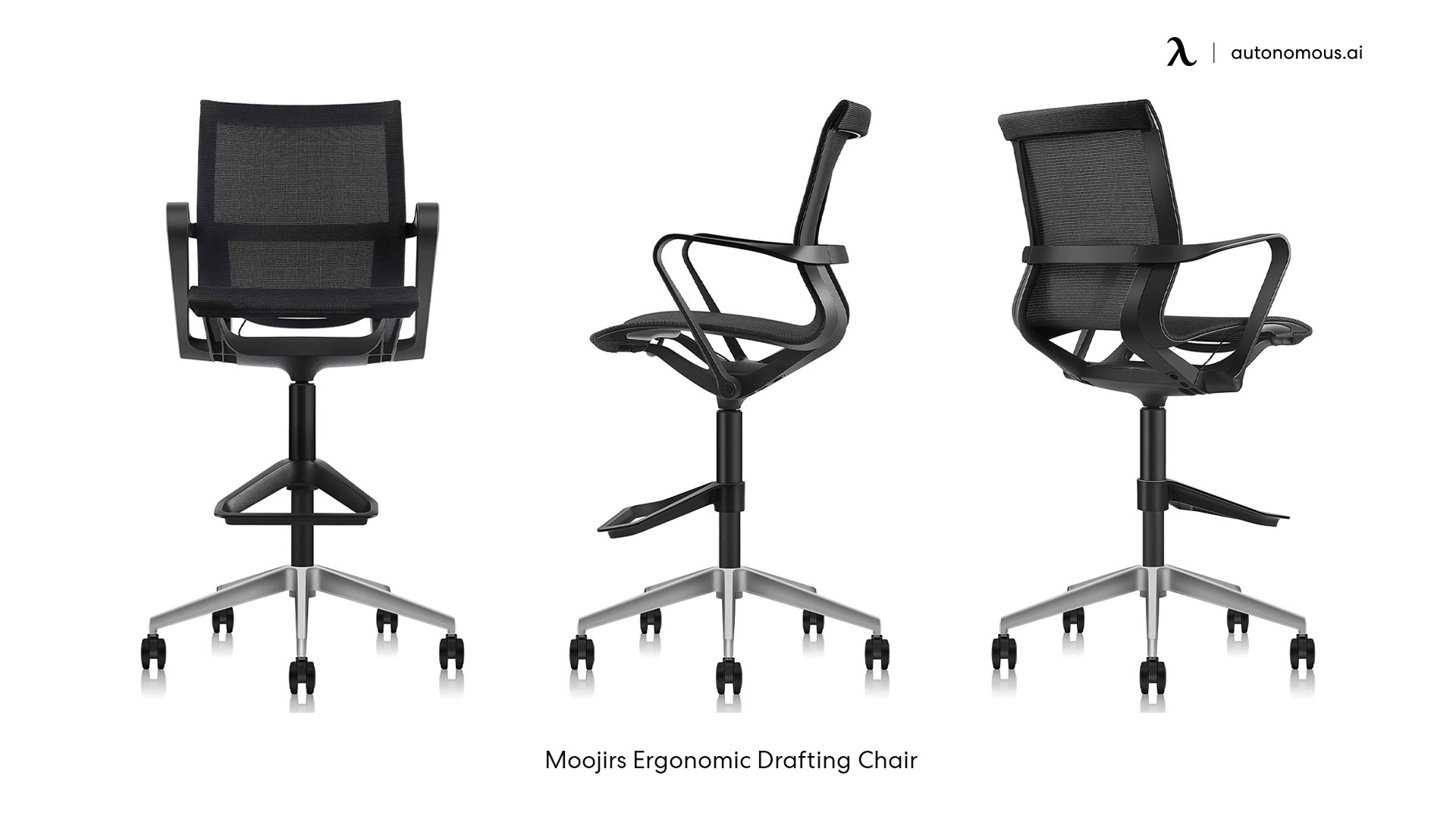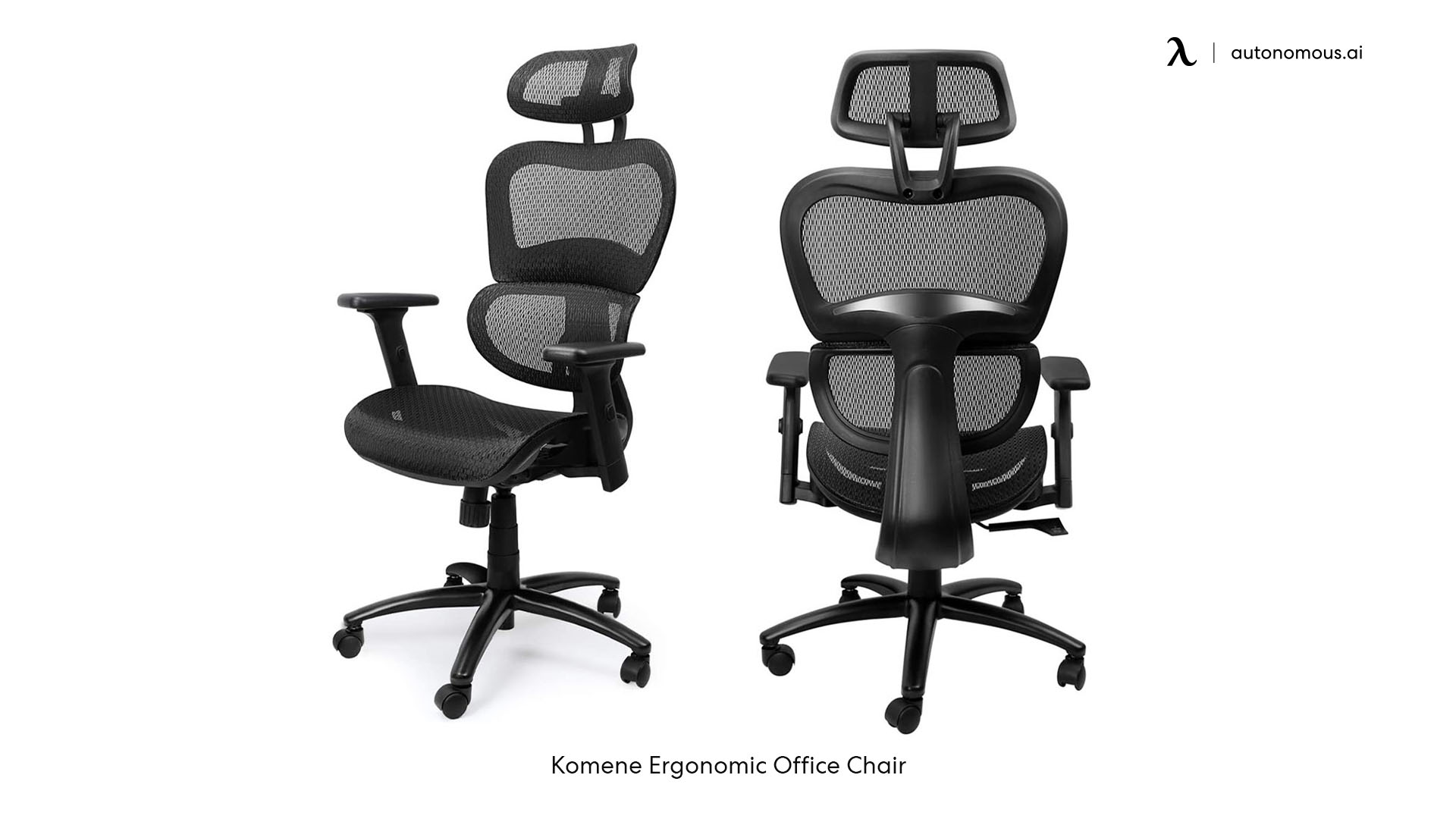Ergonomic Considerations for Extended Sitting: Best Chair For 12 Hour Shift

Choosing the right chair for a 12-hour shift isn’t just about comfort; it’s about your long-term health. Sitting for extended periods in a poorly designed chair can lead to serious health problems. Let’s dive into the ergonomic features you need to look for to protect your body and stay productive throughout your workday.
Key Ergonomic Features for 12-Hour Shifts
A chair designed for a 12-hour shift needs to support your body properly and allow for adjustments to accommodate your individual needs. Key features include robust lumbar support, adjustable height, and comfortable armrests. These features work together to maintain proper posture and minimize strain. Let’s compare chairs with excellent ergonomic features against those lacking them.
| Feature | Excellent Ergonomic Chair | Poor Ergonomic Chair | Impact on 12-Hour Shift |
|---|---|---|---|
| Lumbar Support | Adjustable lumbar support that conforms to the natural curve of the spine. | No lumbar support or fixed, inflexible support. | Reduces back pain and fatigue; increases back pain and discomfort. |
| Adjustable Height | Smooth, wide range of height adjustment to ensure proper foot placement and thigh angle. | Limited or no height adjustment. | Maintains proper posture and blood circulation; can lead to poor posture and circulation problems. |
| Armrests | Adjustable armrests that support the forearms and reduce shoulder tension. | No armrests or fixed, uncomfortable armrests. | Reduces shoulder and neck strain; can lead to shoulder and neck pain. |
| Seat Depth | Adjustable seat depth to accommodate different leg lengths and prevent pressure on the back of the knees. | Fixed seat depth, potentially too deep or shallow. | Reduces leg discomfort and numbness; increases leg discomfort and numbness. |
Negative Health Consequences of Prolonged Sitting
Sitting for 12 hours in an unsuitable chair can have significant negative consequences. Prolonged sitting without proper support leads to muscle strain, poor posture, and potentially serious health issues. Back pain, neck pain, and overall discomfort are common complaints. This can lead to reduced productivity and even long-term health problems like carpal tunnel syndrome.
The lack of movement and poor posture contribute to muscle imbalances and stiffness. For example, slouching in a chair without lumbar support can cause the spine to curve abnormally, leading to chronic back pain. Similarly, a chair without proper armrest support can strain the neck and shoulders, leading to headaches and discomfort.
Preventative Measures and Exercises, Best chair for 12 hour shift
Regular breaks are crucial. Get up and move around every 30-60 minutes to stretch your legs and back. Simple exercises like shoulder rolls, neck stretches, and back extensions can help alleviate stiffness and improve posture. Maintaining good posture while sitting is also essential. Imagine a string pulling you up from the crown of your head.
Importance of Adjustable Features
Adjustable features are paramount for a chair designed for a 12-hour shift. They allow the chair to adapt to individual body types and preferences, promoting comfort and preventing discomfort.
- Seat Depth: Allows adjustment to accommodate different leg lengths and prevent pressure on the back of the knees.
- Backrest Angle: Enables you to recline slightly, reducing pressure on the spine and promoting better posture.
- Headrest Height: Provides support for the neck and head, preventing strain and discomfort.
Material and Durability for Long-Term Use

Choosing the right chair for a 12-hour shift is serious business, Medan style! It’s not just about comfort; it’s about investing in your long-term health and well-being. The materials and construction of your chair directly impact its lifespan and how well it supports you throughout those long days. Let’s dive into the nitty-gritty.
A chair’s durability isn’t just about the initial cost; it’s about the total cost of ownership over time. A cheap chair might seem appealing upfront, but frequent replacements will quickly outweigh any initial savings. Understanding the materials and construction will help you make an informed decision that prioritizes both comfort and longevity.
Comparison of Chair Materials
The material of your chair significantly impacts its breathability, durability, and ease of cleaning. Different materials cater to different needs and preferences.
- Mesh: Mesh chairs are known for their excellent breathability, keeping you cool and comfortable even during extended periods of sitting. They’re generally durable, resisting wear and tear reasonably well. Cleaning is usually straightforward, often just requiring a quick wipe-down. However, some mesh materials can sag over time, especially with heavier use. The durability depends heavily on the quality of the mesh material used.
- Leather: Leather chairs offer a luxurious feel and are generally very durable. They can withstand years of heavy use with proper care. However, leather can be less breathable than mesh, leading to discomfort in warmer climates or during intense work sessions. Cleaning leather requires specific products to avoid damaging the material. Genuine leather is superior to faux leather in terms of durability and longevity.
- Fabric: Fabric chairs come in a wide variety of materials and textures, offering a balance between comfort and affordability. Breathability varies widely depending on the specific fabric used. Durability also differs significantly; some fabrics are more resistant to wear and tear than others. Cleaning can range from simple spot cleaning to more intensive methods, depending on the fabric type.
Impact of Chair Construction on Longevity
The chair’s construction is just as important as the materials used. A well-built chair with high-quality components will last significantly longer and provide a better user experience. The base, wheels, and mechanism all play crucial roles. A sturdy five-star base provides stability, while smooth-rolling wheels ensure easy movement. A high-quality adjustment mechanism allows for personalized comfort and helps maintain the chair’s structural integrity over time. Neglecting these components can lead to premature wear and tear, compromising both comfort and safety. For example, a cheap plastic base might crack under pressure, while low-quality wheels can stick or break, leading to frustrating mobility issues.
Best Materials and Construction for Heavy Daily Use
For heavy daily use over extended periods, consider these materials and construction techniques:
- High-density foam padding: This type of padding provides excellent support and comfort without losing its shape over time, even with prolonged use. It’s commonly found in high-quality office chairs designed for extended sitting.
- Aluminum base: Aluminum bases are lightweight yet incredibly strong and durable, resisting bending and breaking under pressure. They’re a popular choice for high-end office chairs designed for heavy daily use.
- Durable nylon or polyurethane casters: These caster types are known for their smoothness and resilience, capable of withstanding daily use on various floor surfaces without losing their functionality. They’re a better choice than cheap plastic casters, which tend to break or become sticky over time.
- High-quality adjustment mechanism: A robust mechanism, typically made of metal components, ensures smooth and reliable adjustments over time. This is critical for maintaining the chair’s ergonomic support throughout its lifespan.
